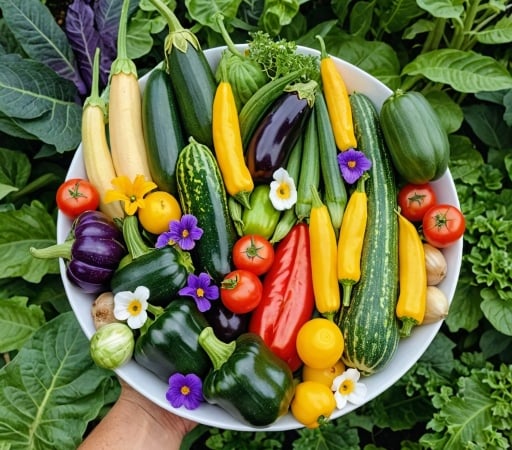Seasonal Planting
DescrMost plants grow best during specific times of the year. These are called seasons, and each plant has its favorite one. Some crops thrive in the warm summer months, while others prefer the cool weather of spring or fall. When the season ends, many plants will stop growing or producing, and some may die off naturally. To get the best results, it's important to plant your seeds or seedlings at the right time. Knowing your local climate and planting calendar can help you grow healthier, more productive plants.izione del post del blog.
7/17/20251 min read


Understanding Seasonal Planting
Most crops grow best during specific times of the year. These are known as seasonal crops, meaning they thrive in particular weather conditions and may stop producing or die once their ideal season ends. To give your vegetable garden the best chance of success, it's important to plant seeds and seedlings at the right time of year.
If you plant in the wrong season, seeds might not sprout at all, or the plants may grow poorly. This often happens because of unsuitable soil temperatures or extended exposure to heat or cold. In some cases, sudden weather changes — like frost — can damage or even kill plants overnight.
When plants are stressed by poor growing conditions, they become weaker and more vulnerable to pests and diseases. That’s why it’s always a good idea to check what’s in season before planting your veggie patch — healthy plants start with the right timing.
Warm vs. Cool Season Crops
Most edible plants fall into two main groups:
Warm season crops – These are typically planted in spring and grow through summer, sometimes into early autumn.
Cool season crops – These are usually planted in autumn and grow during the winter months and into early spring.
Keep in mind that the timing can vary depending on your local climate.
What About Herbs?
Many herbs are perennial, which means you only need to plant them once — they’ll grow back year after year. However, there are some herbs like basil, cilantro (coriander), dill, and parsley that are annuals, so they’ll need to be replanted each year.
